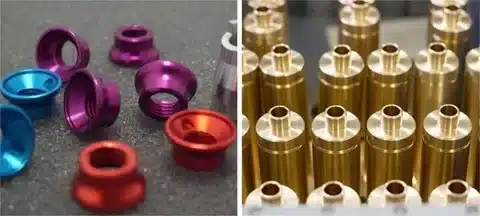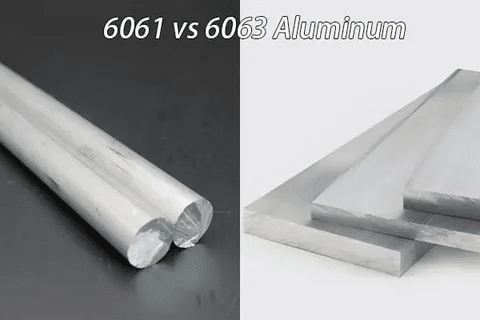
Get deep into the major differences between the Aluminum 6061 and 6063 alloys. Know the type that fits your project according to its strength, finish, corrosion resistance, and application.
Introduction

Whether you are designing a drone frame and require maximum strength, or specifying window frames that require a perfect finish, a comparison of 6061 vs 6063 alloy can make or break your design. The two aluminum alloys own the manufacturing world, although they are used in very different applications. Although they are both part of the 6000 series family of aluminum, a certain piqueness of the material makes them suitable for a particular use. In this all-inclusive guide, we will deconstruct the technical distinctions of these two popular alloys and advise which one is the winner in different applications, which will enable you to make a wise choice in your next project.
Quick Alloy Comparison Table
| Factors | 6061 | 6063 |
| Strength-to-weight ratio | Higher | Lower |
| Machinability | Very good | Good |
| Weldability | Good | Excellent |
| Corrosion resistance | Lower | Higher |
| Surface finish | Standard | Superior |
| Common uses | Structural, machinery | Architecture, frames |
Key Highlight: 6061 is better in the projects that require structural strength and projects that require machining operations, whereas 6063 is better in the projects where extrusion quality, finish, and 6063 corrosion resistance are of the utmost importance.
Core Differences with Practical Implications
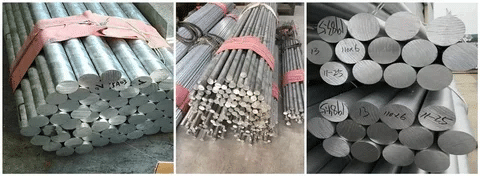
Strength & Mechanical Properties
Aluminum T6 strength. The strength properties of aluminum T6 indicate that 6061-T6 provides high yield strength (about 276 MPa) in comparison to 6063-T6 (214 MPa). This increased fatigue strength causes 6061 to be the preferred option when doing heavy-structural work wherein parts are subjected to repetitive loading cycles. The resulting high magnesium and silicon content of the alloy prompts the increased mechanical properties of the alloy, which comprises a stronger crystal structure following the heat treatment..
Corrosion Resistance & Finishing
The 6063 has better corrosion resistance, and the finishes on the surface are smoother immediately after extrusion. This benefit is attached to its optimal chemical composition that develops a more homogenous layer of oxide when it is subjected to environmental factors. In the case of architectural aluminum finishes, 6063 tolerates anodization treatments more uniformly, so that identical color and texture can be achieved over a broad surface area–important in visible architectural uses.
Thermal Properties & Processing
6063 is superior to 6061 in the sense of melting temperature (655 °C vs 652degC), thermal conductivity, and heat capacity. Such thermal properties are invaluable in extrusion work and in products where heat must be removed. The enhanced thermal characteristics are also a factor in the best aluminum in extrusions. 6063 is smoother to flow in complex die shapes and retains dimension accuracy.
Use Case Scenarios
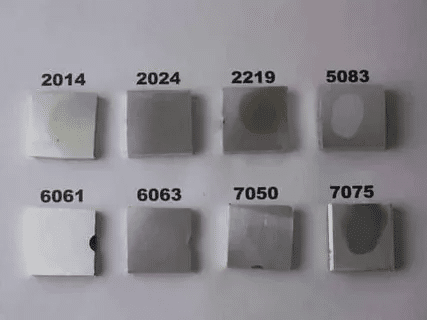
Structural Projects → Choose 6061
- Chassis and vehicle frame.
- Components of machinery that need high strength-to-weight ratios.
- Structural integrity is required in aerospace.
- Industrial heavy machinery.
Architectural & Visual Components → Choose 6063
- Curtain wall system and window frames.
- Ornamental railings and ornamental trim work.
- Pieces of furniture that need a smooth finish.
- Solar panel frames with long-term weather durability requirements.
Everyday Practical Applications
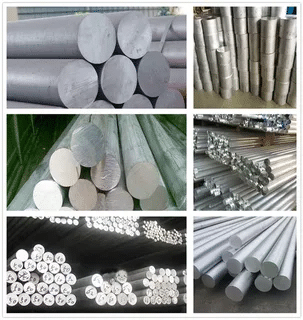
6061 Applications:
- Bikes and recreational vehicle parts.
- Scaffolding and extrusion of structure.
- Machined tools and equipment are precise.
- Hard marine hardware is needed.
6063 Applications:
- Door and window frame systems.
- Fittings of irrigation tubing and pipe.
- The extrusions and profiles of furniture.
- Thermal management and heat sinks.
Decision Flowchart
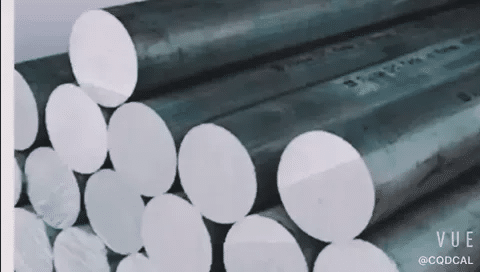
Check this brief list according to your 6061 vs 6063 strength needs:
- Do you require optimum structural strength? → Yes → Select 6061?
- Is surface finish/corrosion resistance more important? → Yes → Select 6063?
- Aesthetic and straight extrusion needs? → Select 6063.
- Less emphasis on cosmetic finish? Choose 6061.
- Requirement of complex machining? → Select 6061.
- Exposure to the outdoor environment/marine? → Select 6063.
Tips for Designers & Engineers
Fast Prototyping Considerations
Use 6061 when on projects that need high machining speed and when the project needs modification at the development stages. Its great machinability has enabled major design iterations and a high degree of tolerancing.
Environmental Exposure Projects
Outdoor or marine use requires pre-anodized 6063 to be specified to obtain maximum corrosion protection. Natural oxide layer and anodizing produce unparalleled long-term durability.
Budget-Conscious Production
Compare overall project costs such as extrusion complexity, post-processing needs, and finishing operations. Although 6063 is a little more expensive in the short term, it can frequently minimize appearance-sensitive finishing costs.
Quality Control Considerations
6061 is more uniform in mechanical properties among suppliers, and 6063 has more dimensional uniformity of complex extrusion profiles.
Conclusion
You are the one to decide on the use of 6061 or 6063 aluminum alloys, depending on your application priorities. Apply 6061 when structural strength, machinability, and mechanical performance are more important- perfect in frames, machinery, and high-stress applications. Select 6063 when the surface finish quality, corrosion resistance, and the extrusion aesthetics are the most important- excellent in architectural components, decorative elements, and installations that are exposed to the weather. Both alloys are very viable in their areas of use, and knowing their specialization will help you to maximize the choice of material when it comes to the success of your project. Take into account the following factors: environmental exposure, mechanical load, aesthetic, and post-processing needs in order to make the most informed choice when it comes to your given application requirements.

